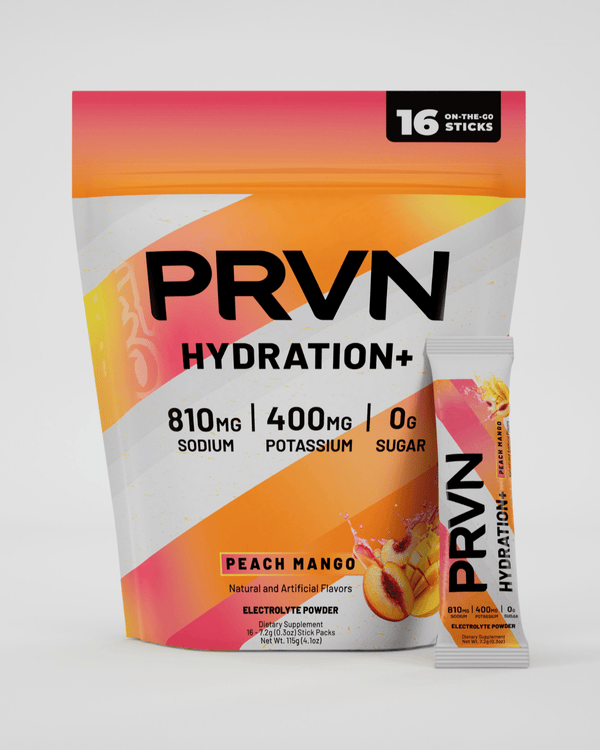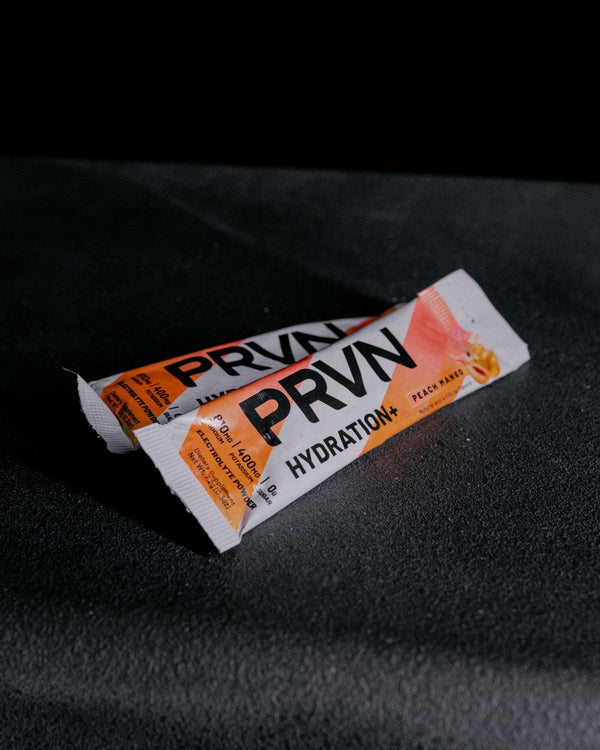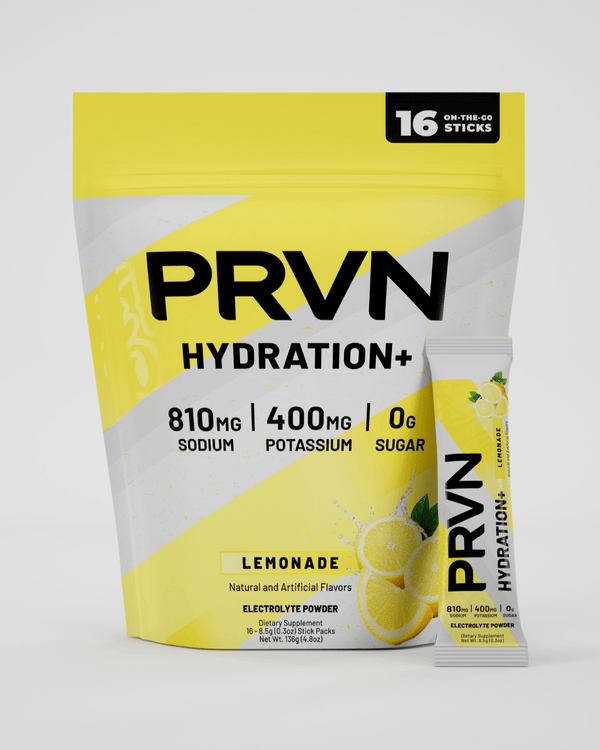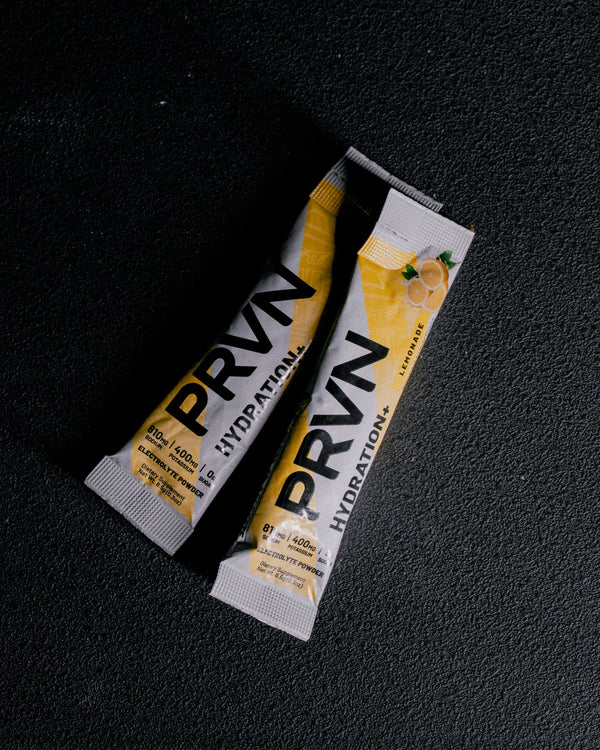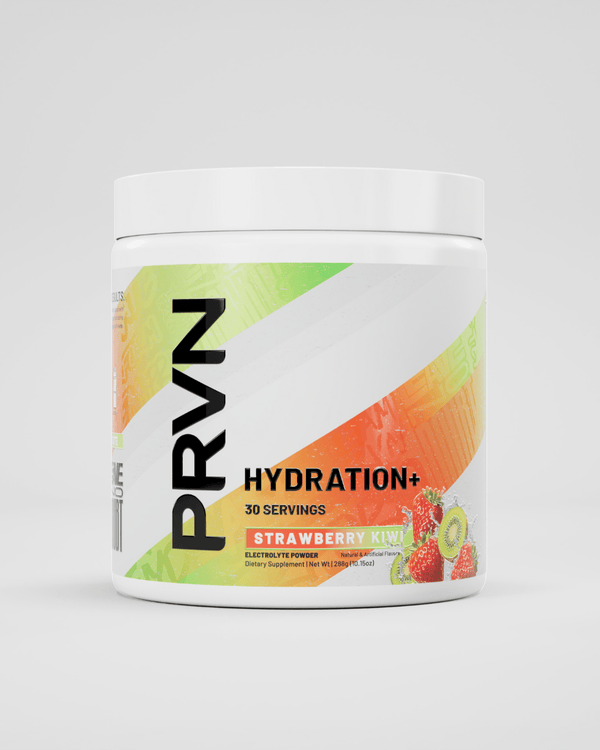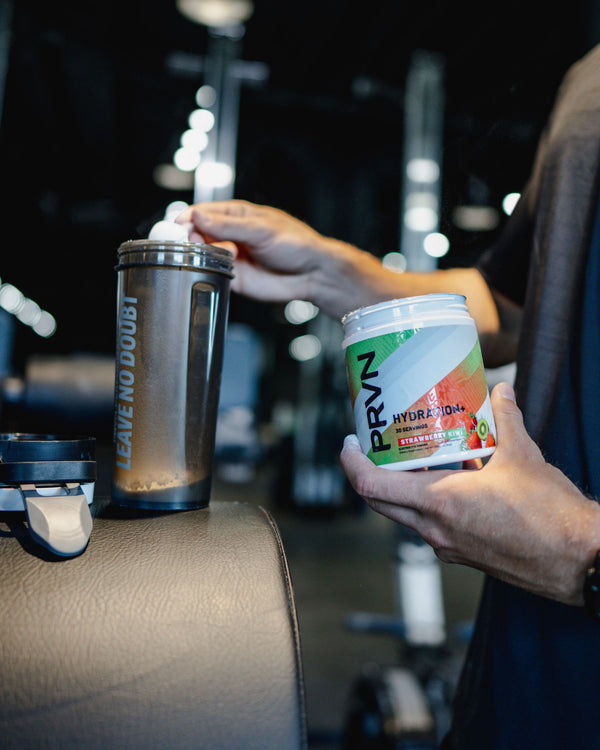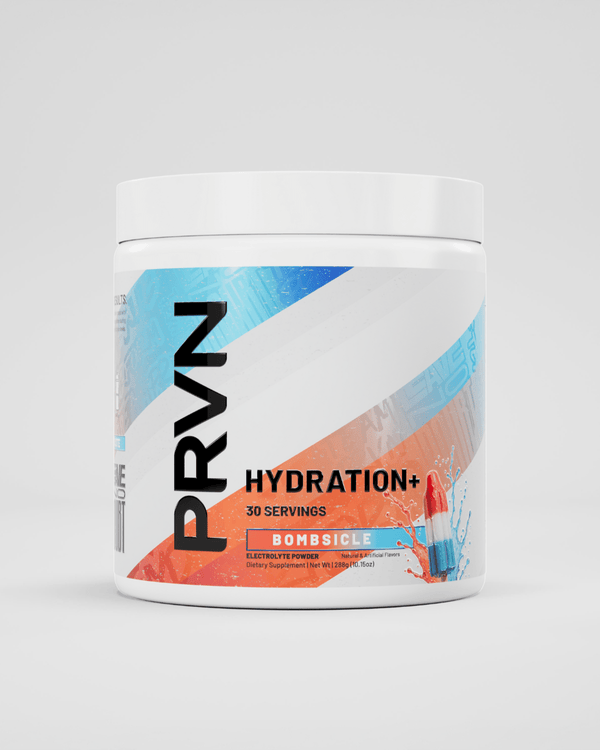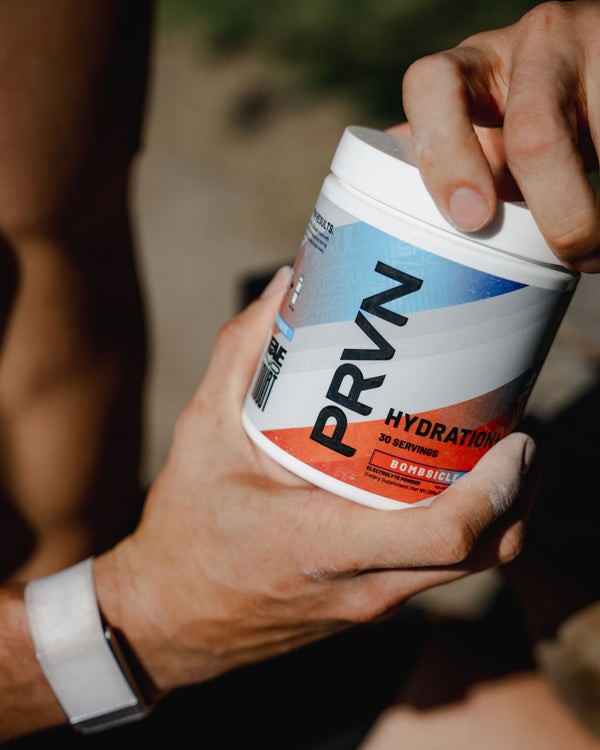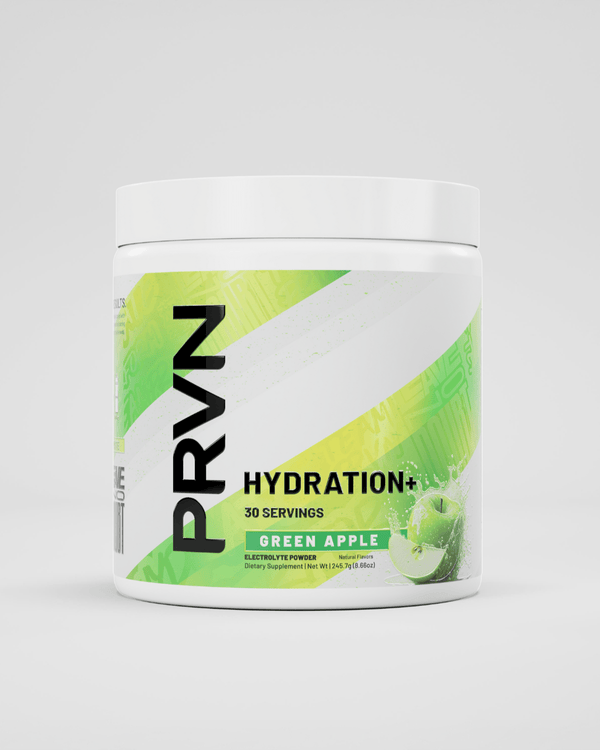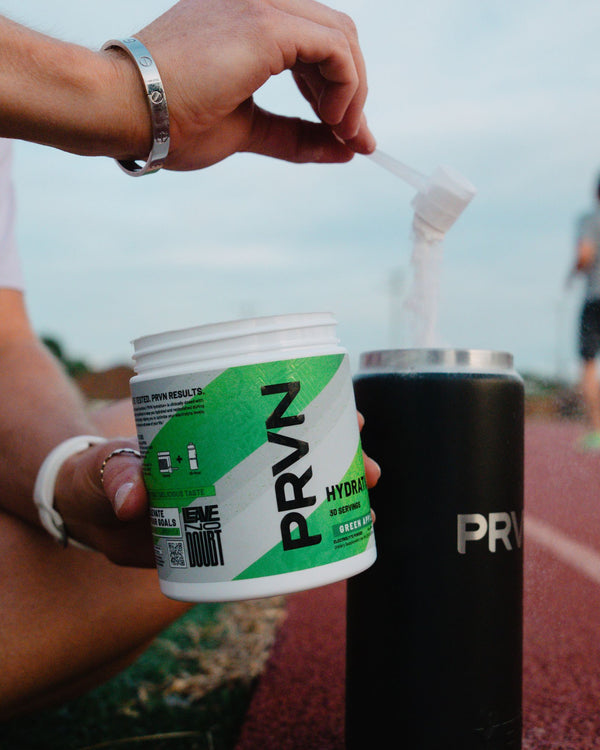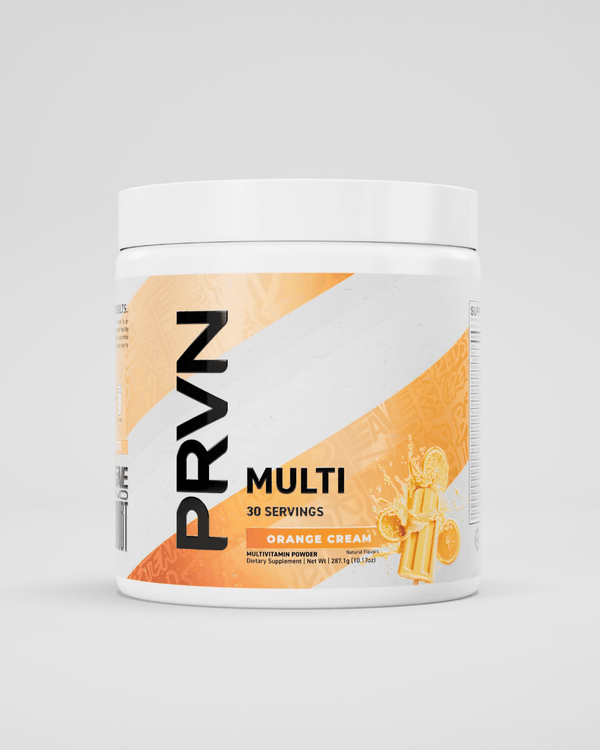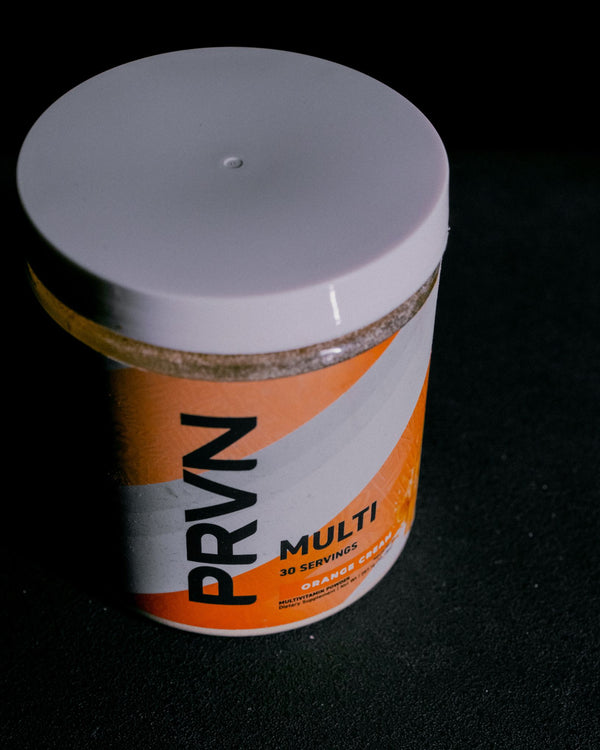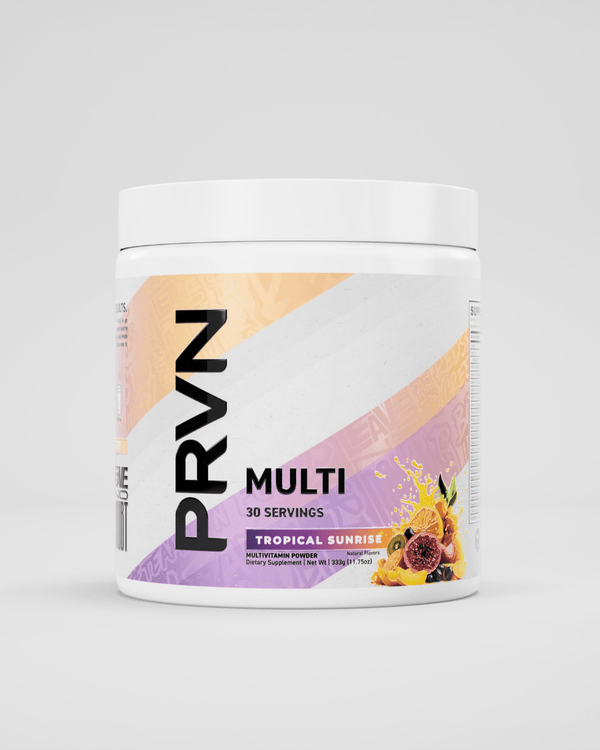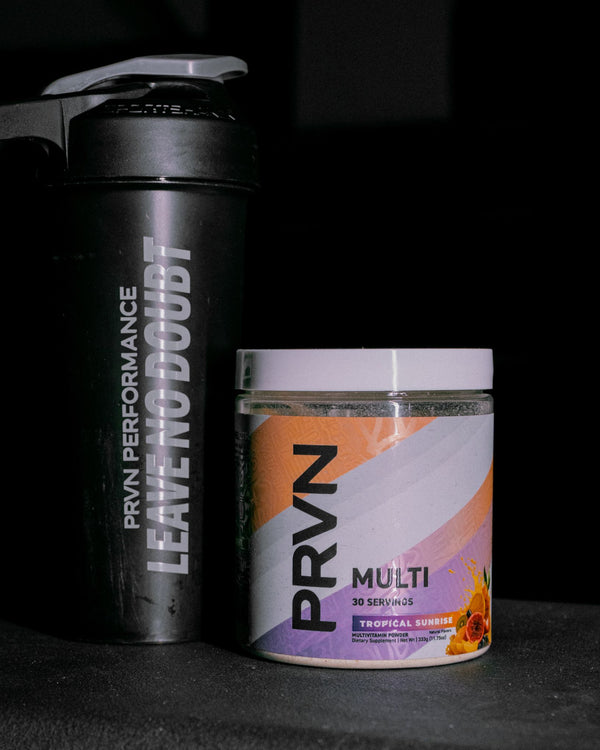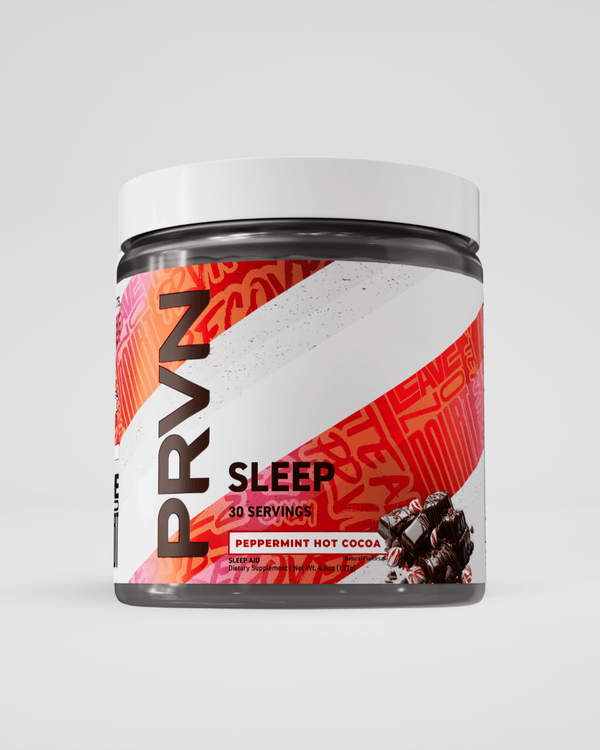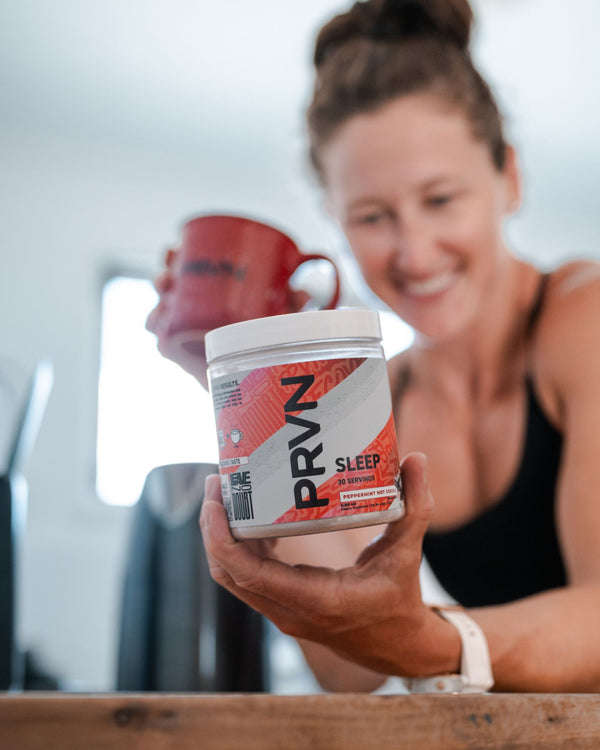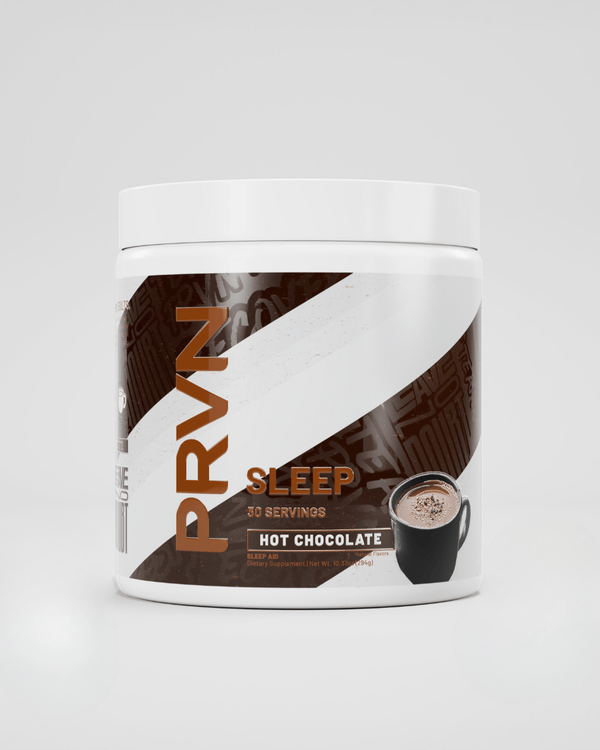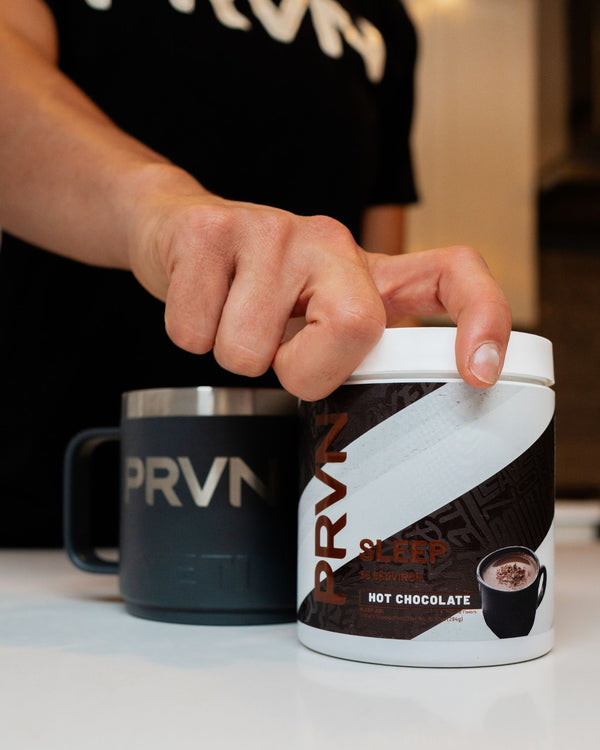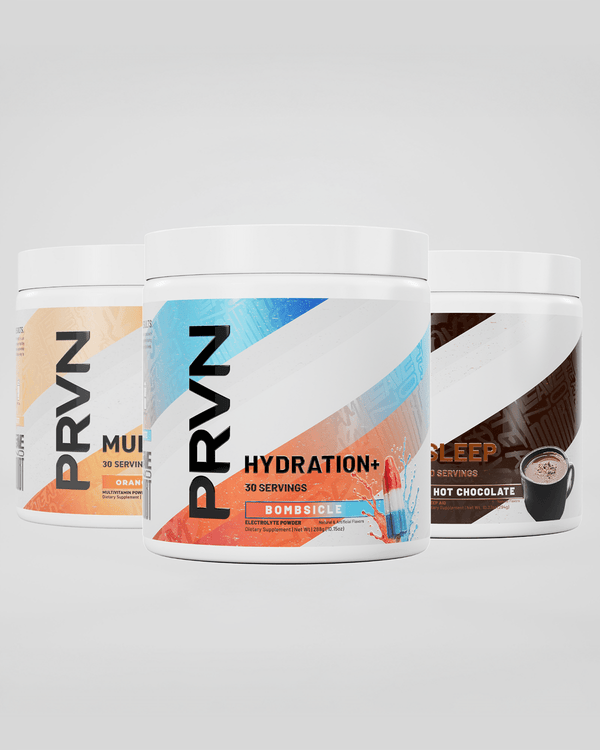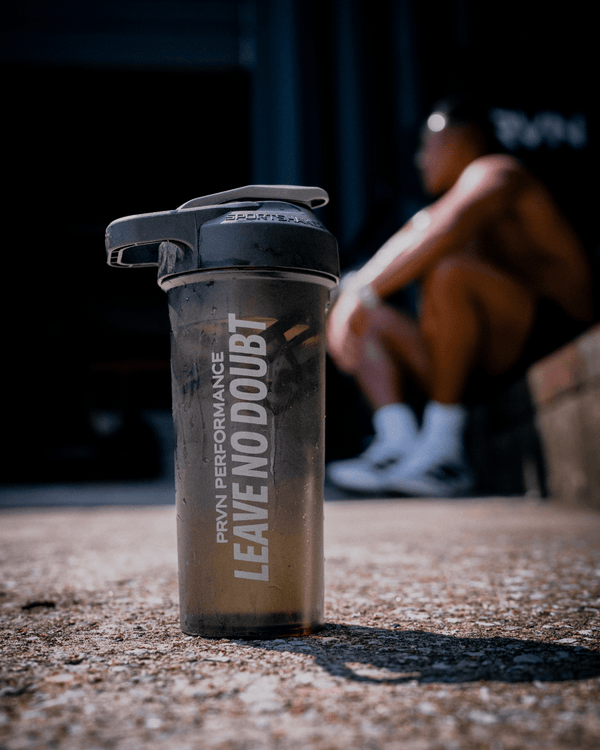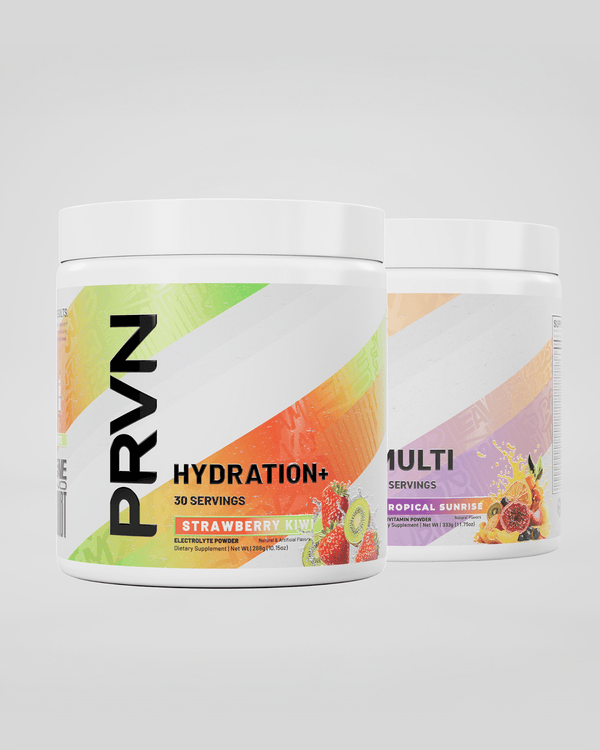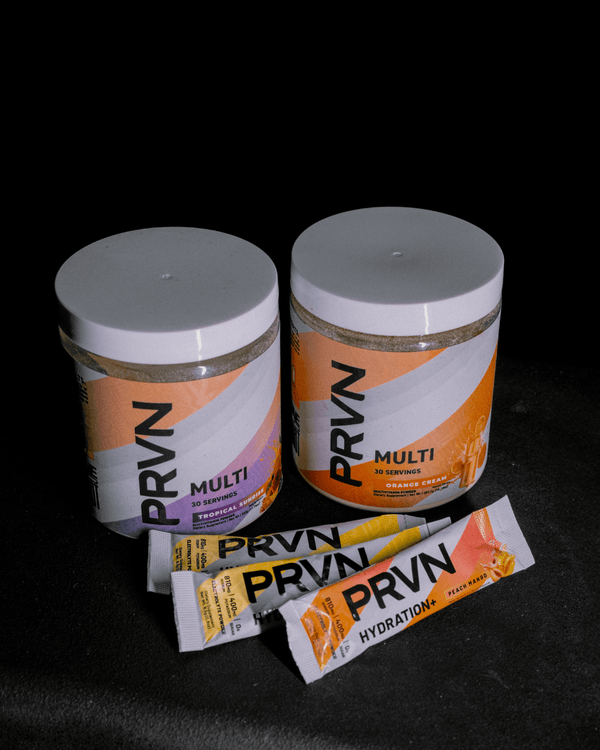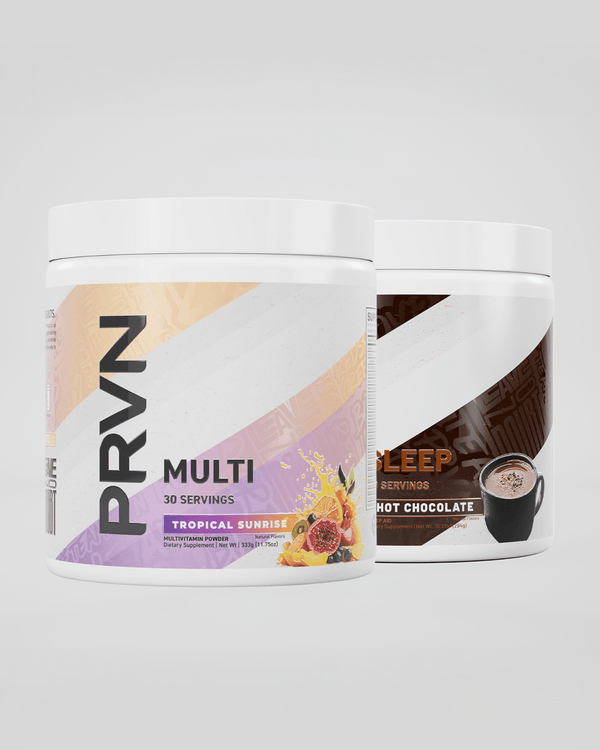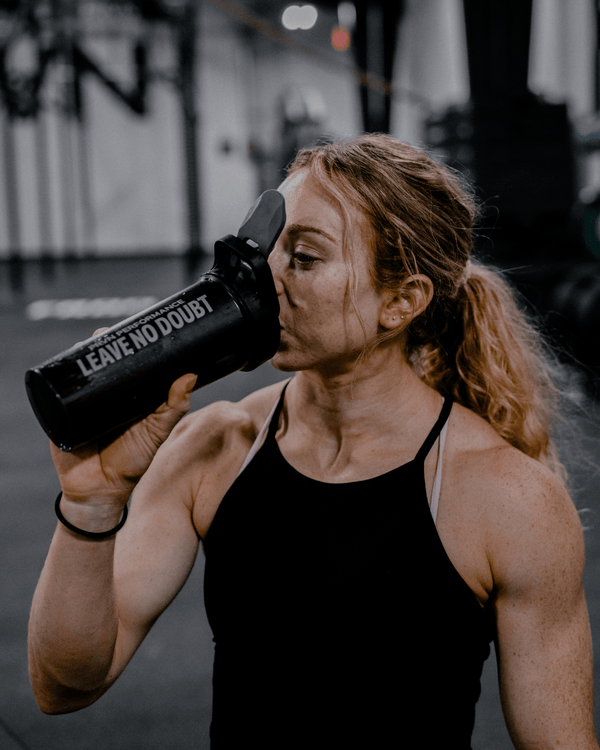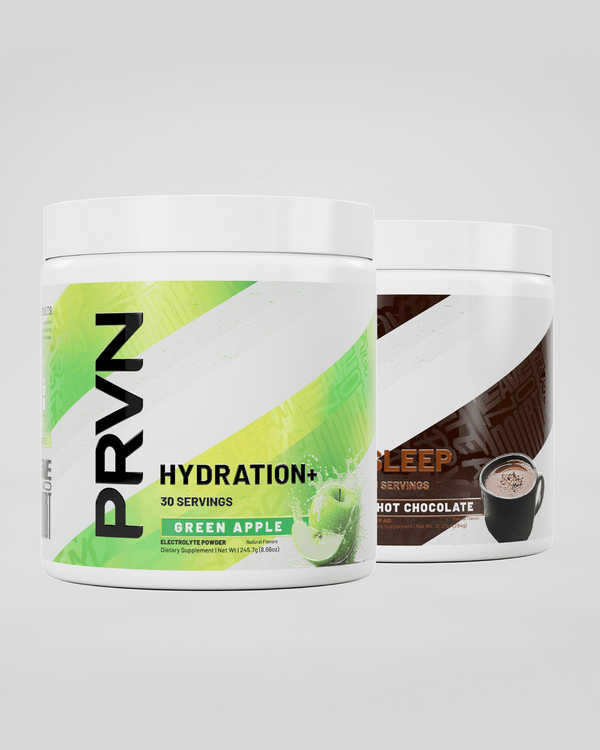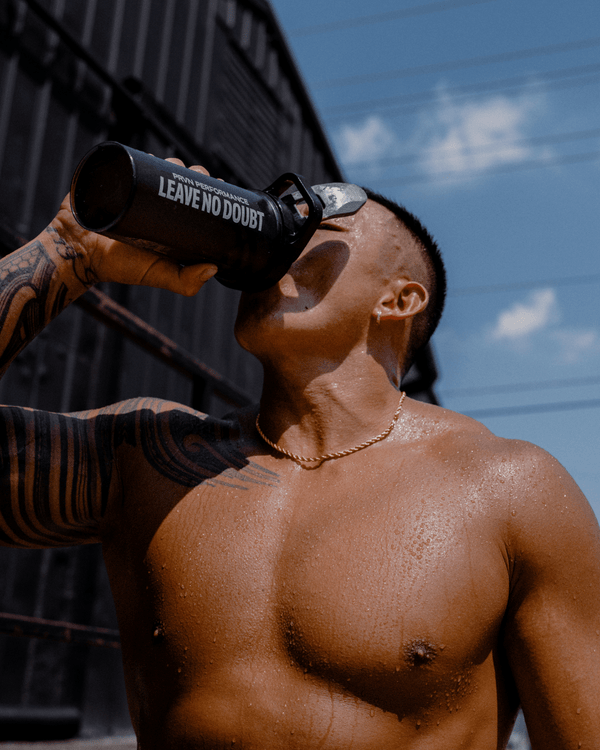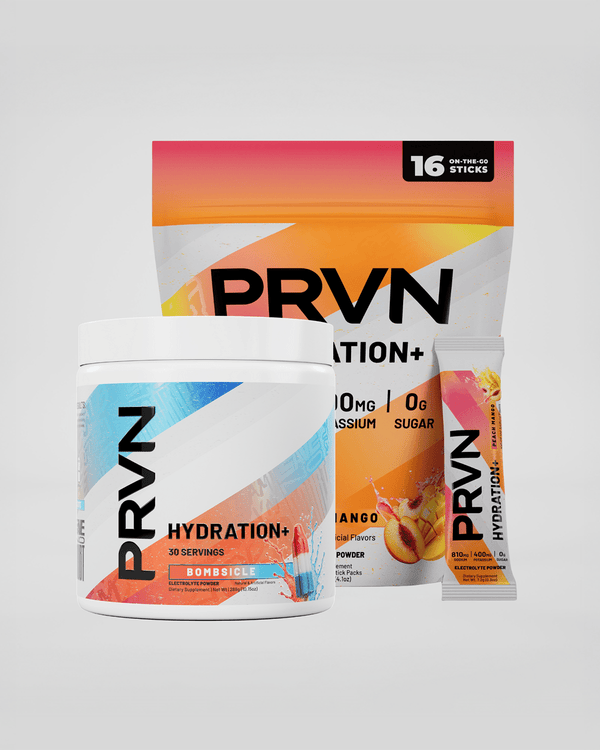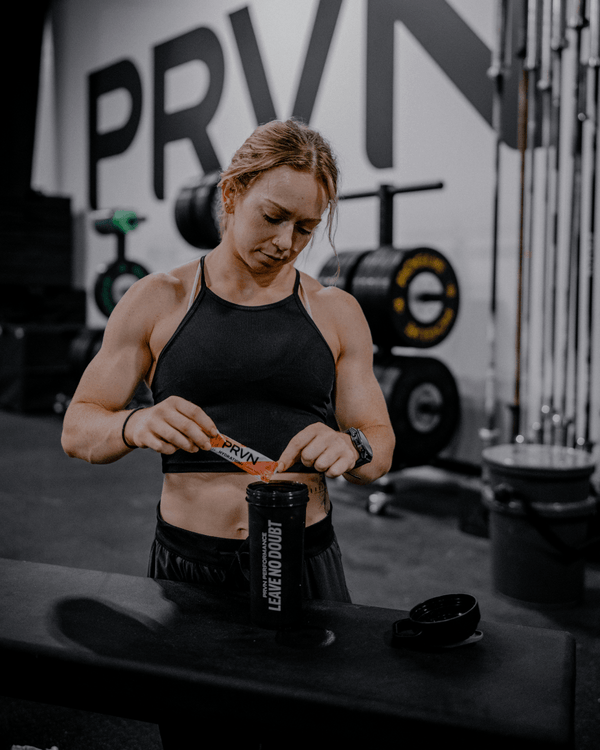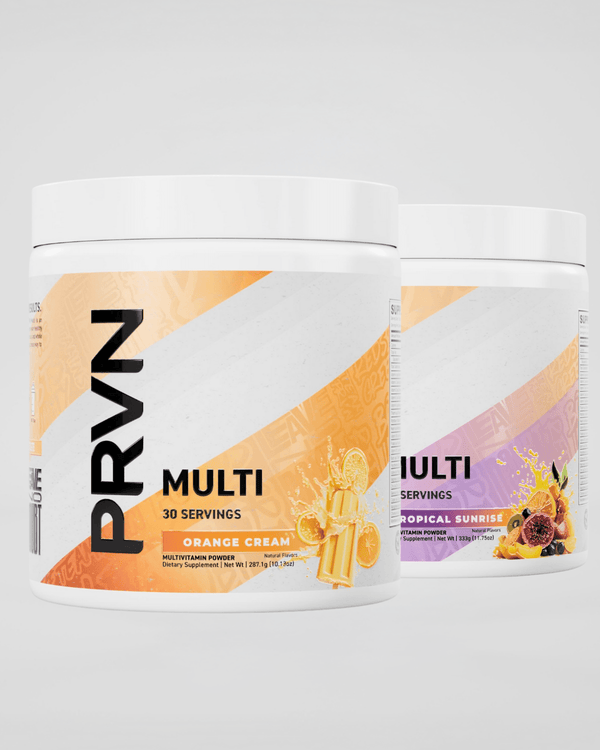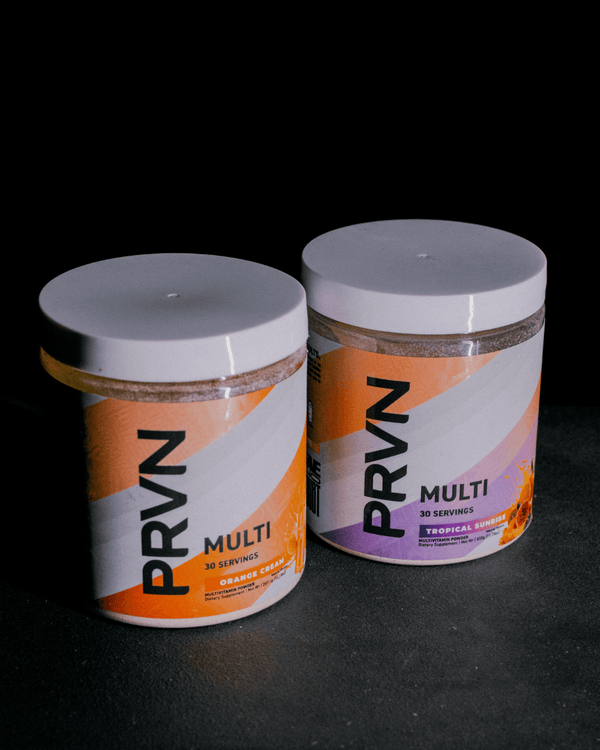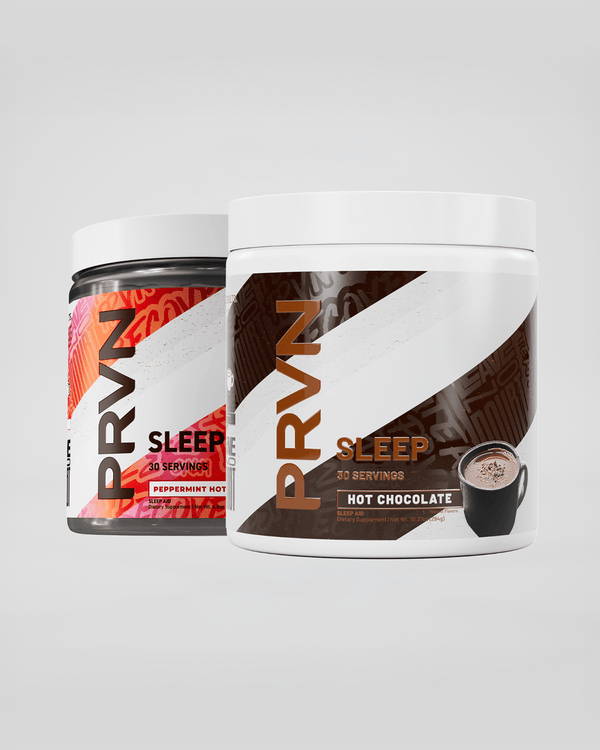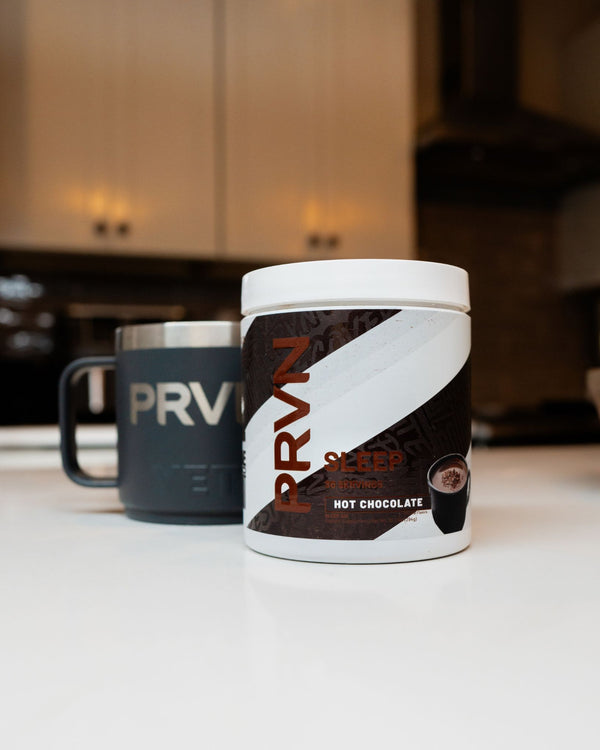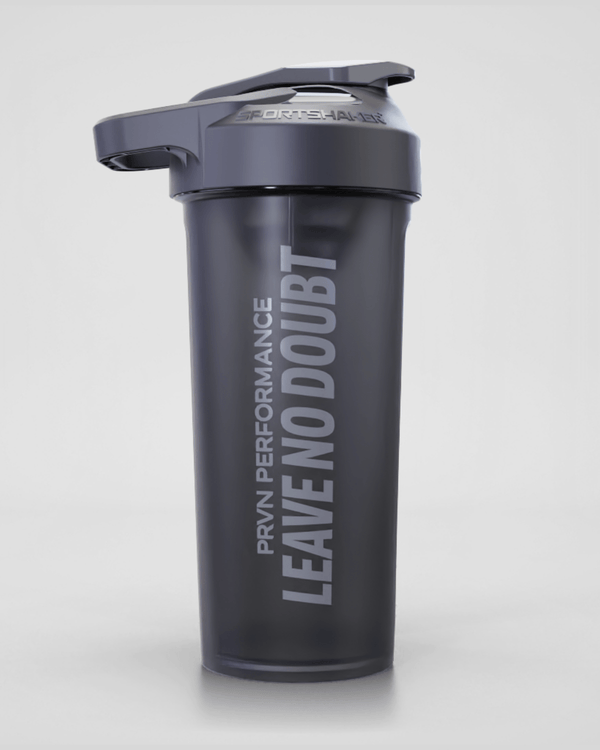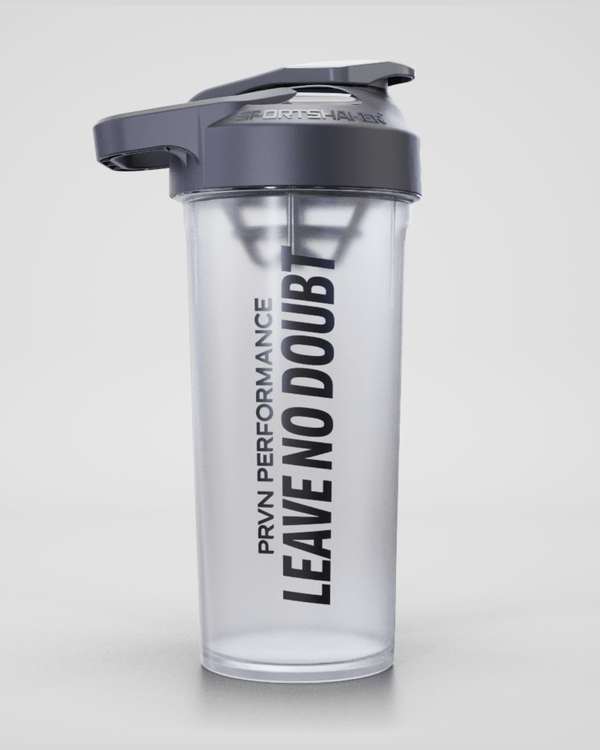The final few miles of an Ironman Triathlon in the summer is a crapshoot. At this point in the race, athletes have already completed a 2.4 mile swim, 112 mile bike ride, and are attempting to finish a 26.2 mile run to complete the race.
Why is it a crapshoot you ask? Well at this point on a hot summer day, we find out the importance of sodium and proper hydration when it comes to our sports performance, and who fueled their body appropriately.
No example of this has ever been more apparent than the 1997 Ironman World Championship finish between Sian Welch and Wendy Ingraham. With what seems to be less than 200 meters to go, both women are losing control of their body. With nearly every muscle in their body seizing up with cramps, they are crawling and moving in whatever position that allows them to inch to the finish line. The video is out there on YouTube, and if you haven’t seen it I highly recommend a watch.
Sodium is a vital part of how our body functions, and unfortunately due to in large part the amount of sodium found in a lot of processed foods, sodium has got a bad wrap over the last few decades. The human body requires sodium to conduct nerve impulses, contract and relax muscles, and maintain the proper balance of water and minerals. So with this small bit of information, we can start to put the picture together of what we saw at the end of that race in 1997.
Now the question that everyone wants to know is, how much sodium is right for me to support health, wellness, and performance. And like so many things that revolve around the human body, it depends. Each person is going to sweat out different amounts of fluid and salt when they train and compete. Depending on the person, you can expect to sweat out between .5 - 2.0 liters of sweat per hour. And on average 800 mg of sodium per liter of sweat.
With all that information it comes down to about 1 liter of sweat per hour, and about 800 mg of sodium per hour. To find out the specifics of what this could be for you, there are a number of wearable technologies and companies that can help you take a sweat test to find out. But operating on the average here will work for most people.
So we know about how much we need to replace, but when do we take it? We find it best to simply sip on a hydration supplement throughout your training. This helps keep you from falling behind and running into cramps as you train. For competitions with multiple workouts in a day, especially if they are outside, we tend to have our athletes take down around 800mg after every workout. For most of us, an 800 mg serving will be plenty, but for the salty sweaters out there, a bit more will be needed. How will you know? Well one way is that if you keep having muscle cramps, we probably need a bit more.
So by using a hydration supplement like our PRVN Hydration+ in combination with a healthy and balanced diet, you can ensure that you're able to hit each training piece and competition with every ounce of your fitness.

